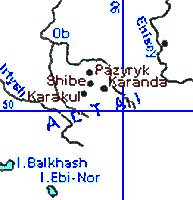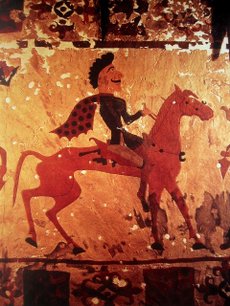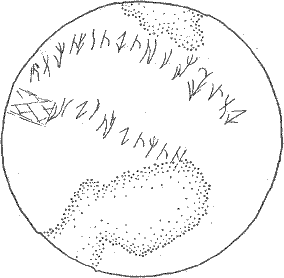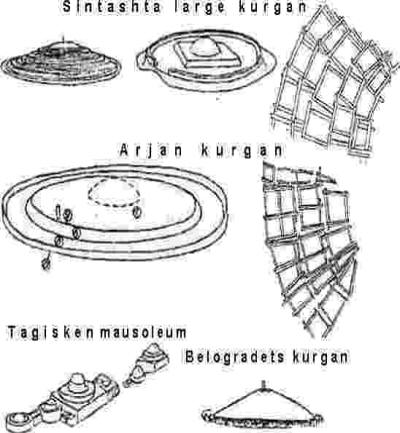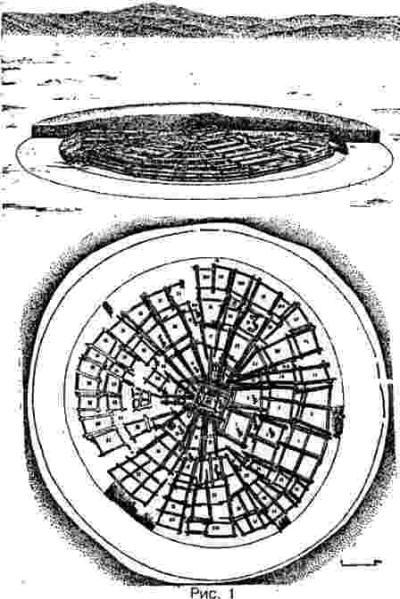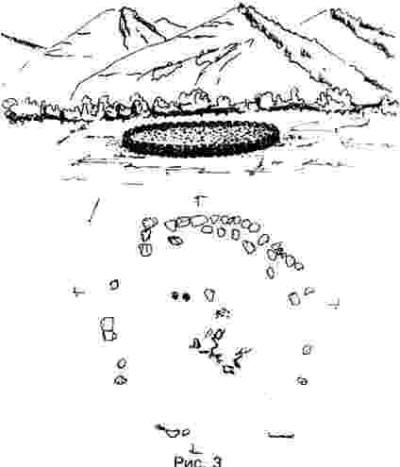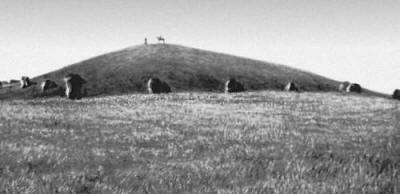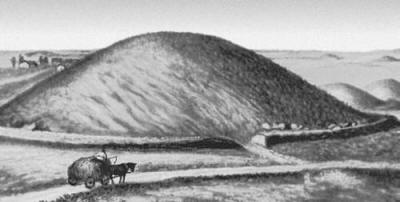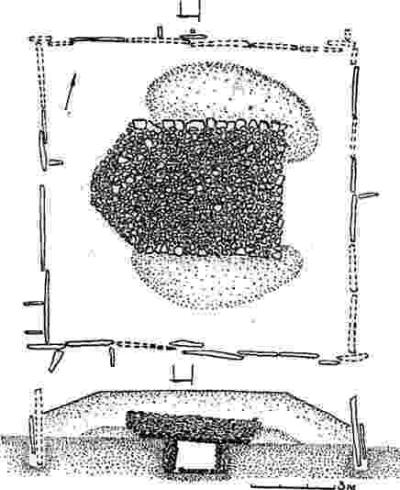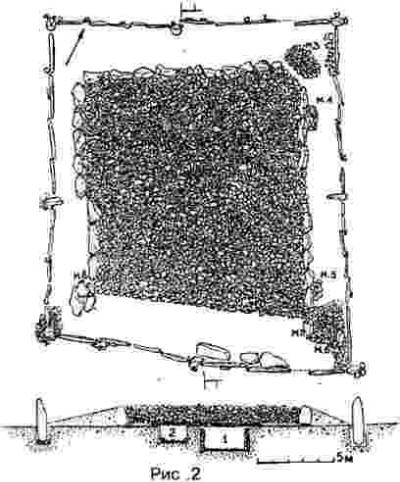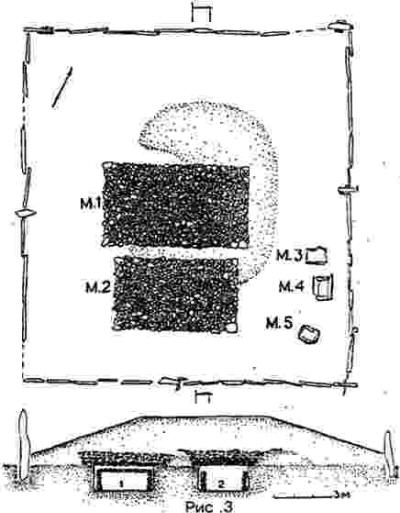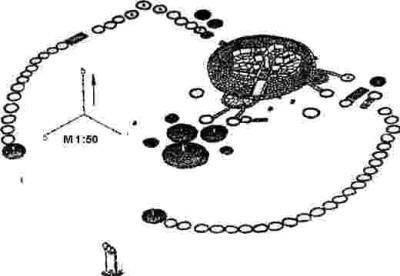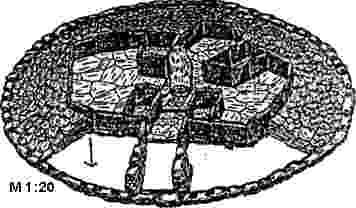| Scythian-Iranian theory | Ossetian Genetics | Scythian language | Etruscan Genetics | ||||||||||||||||||||||||||||||||||
Why Pazyryk? A Look at Kurgans | |||||||||||||||||||||||||||||||||||||
|
Links |
|||||||||||||||||||||||||||||||||||||
| http://www.kirsoft.com.ru/freedom/KSNews_545.htm | |||||||||||||||||||||||||||||||||||||
|
Foreword |
|||||||||||||||||||||||||||||||||||||
|
Pazyryk culture From Wikipedia, the free encyclopedia. The Pazyryk culture (ca. 5th century BC (click on Pazyryk Timing to see real dating) refers to an archaeological culture identified by excavated artefacts and mummified humans in the Siberian permafrost. The mummies are buried in kurgans similar to the kurgans of western Scythian culture in modern Ukraine. Archaeologists associate the sites with the widespread Scythian culture of the steppe. The vessels excavated from the tombs are similar to ones still in use today by indigenous groups. Altaic peoples still profess beliefs that relies heavily on their kam's (aka shaman's) intellectual and spiritual knowledge, there is a belief that the disturbed sanctity are causing increased suicides, sickness and earthquakes in the region and hence the corps must be brought back to their origins to stop the chaos. (Evidently, the consensus that contributed to Wikipedia never went in their education beyond the folk stories about shamans and their primitive, in comparison with the enlightened writers, superstitions) * * * Ever since the first investigations in the 1920es, the Irano-enthusiasts labeled the Pazyryk people and their Scythian culture as invariably Iranian-lingual, building a variety of conjectures to fit the facts back into their Indo-European schemes. Lately, however, the Iranian label tends to melt away, turning a glorious expression "Iranian-lingual Scythians" into a bleak and un-IE-patriotic simple "Scythians", and the vestiges of the former glorious "Iranian-lingual", scattered everywhere in the scientific literature, and carrying very pronounced racial overtones, serve as a reminder of the past centuries' scientific anopia. Even now, in their scientific quests, investigators still succeed in "getting surprised" at every corner, discovering along the way that the eternal truths they were brought up with were conjured at odds with unpretentious reality. The scientific investigation is in its baby steps only, we have a glimpse at mtDNA of the maternal lineages, as an aggregate value not resolved properly in time. Knowing that the moms as a group had Paleosiberian genes is just a small step, we still want to know the composition of the pops, and their horses, and their accurate timing, and the bacteria used to make kumiss, and many many more. |
|||||||||||||||||||||||||||||||||||||
|
Kurgans |
|||||||||||||||||||||||||||||||||||||
|
Like an aircraft carrier fleet of today, the elite (aka "royal") kurgans are most visible manifestations of the kurgan burial phenomenon, foreshadowing thousands of secondary, tertiary, and laymen kurgans that accompany each elite kurgan. The elite kurgans are spread in a huge territory and spread greatly in time. Appearing first around the Urals area, the elite kurgans drift eastward, before doubling back toward the N.Pontic. In the belt from the Caspian Sea to China, the kurgan traditions in places survived to the present times, but in the N.Pontic area the kurgan tradition largely faded away in a few centuries after Chingizid conquest, most likely as a consequence of the Islamic influence that rose in response to forced Christianization after the demise of the Kipchak Khanaate. Ironically, the Christianizators dropped the ball and allowed newly baked Christians to continue a combined Christian-Kurgan tradition for a few more centuries, through the 14th c., as was found by "surprised" archeologists who at first did not expect to find Christian symbols in the kurgan burials, while the newly converted Moslems had to abandon any pre-Moslem rituals immediately and absolutely. A very interesting phenomenon happened in Russian historiography, which with a straight face pronounced kurgans to be a Slavic tradition. There were fields of "Slavic" kurgans, thousands of them were exterminated in the Moscow and Smolensk provinces, for example. Neither historians, nor archeologists were embarrassed by the fact that there were no kurgans in the Slavic Carpathian and Danube homeland, that they expeditiously obtained that tradition in the newly colonized Türkic territories, a new tradition with already very ancient roots. And along with another, real tradition of destruction ancient kurgans, in the 20th century appeared a new tradition of erecting new kurgans, as basements for newly erected victory statuary. Like the ancient kurgans, they are also topped with an obelisk not depicting the diseased, and are also called "kurgan". A little gallery below displays some kurgans not shown elsewhere in these pages. Most of them are depicted as they were shown in the archeological reports, which for some reasons do not include neither "before", nor "after" photographs. That stage in the human development is still ahead of us.
| |||||||||||||||||||||||||||||||||||||
Other notable but not known |
|||||||||||||||||||||||||||||||||||||
|
Group of the tombs presumably belonging to Saka (i.e. Sogdy=Sogdian) leaders is concentrated
in Jeti-Su in a valley Basshatyr. By now all kurgans of the Steppe Scythia which could be considered as elite tombs of the 4th c. BC were investigated. 30 largest kurgans of the Dnieper area are a fourth group with height from 14 to 21 meter, including Chertomlyk, Alexandropol, Oguz, Big Tsimbalka and Kozel 14 can be classed as elite tombs. These are the most mighty burial structures of the East Europe: Soloha with kurgan volume 52,000 cubic meters, Alexandropol with 77,500 m3, Chertomlyk with 82000 m3, and Oguz with 117,000 m3, Nechaeva Tomb with 16 μ height, Kozel and Tsimbalka with volume of 33,000 and 32,000 cubic meters. Elite burials are in Kuban, in Kelermes. Kelemess Kurgan No 1 belongs to archaic Scythia of the 7th-6th c. BC with the center in Northern Caucasus. Center of Scythian activity moved to N.Pontic at the end of 6th c. BC, bringing with it the elite kurgans. Grandiose sacrifices and funeral feast were performed at kurgan in Ulskaya, where around main tomb were placed corps of 360 horses.
|
|||||||||||||||||||||||||||||||||||||

